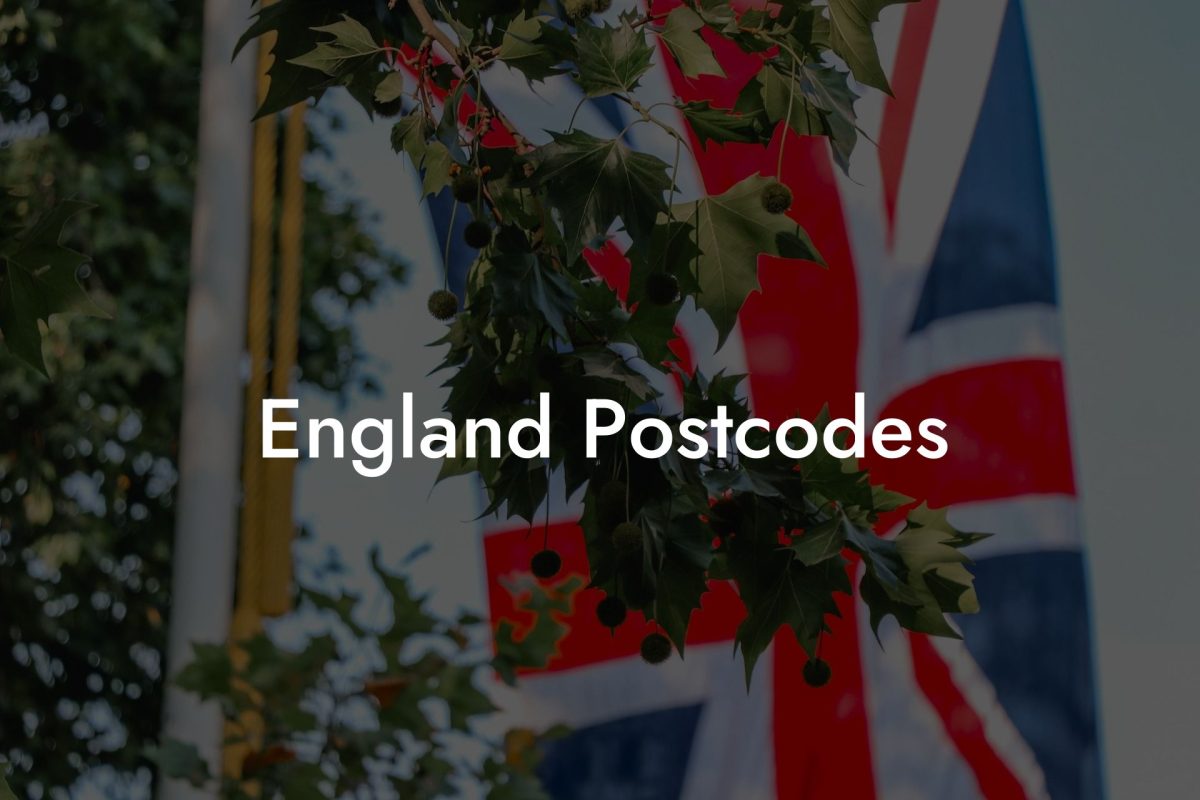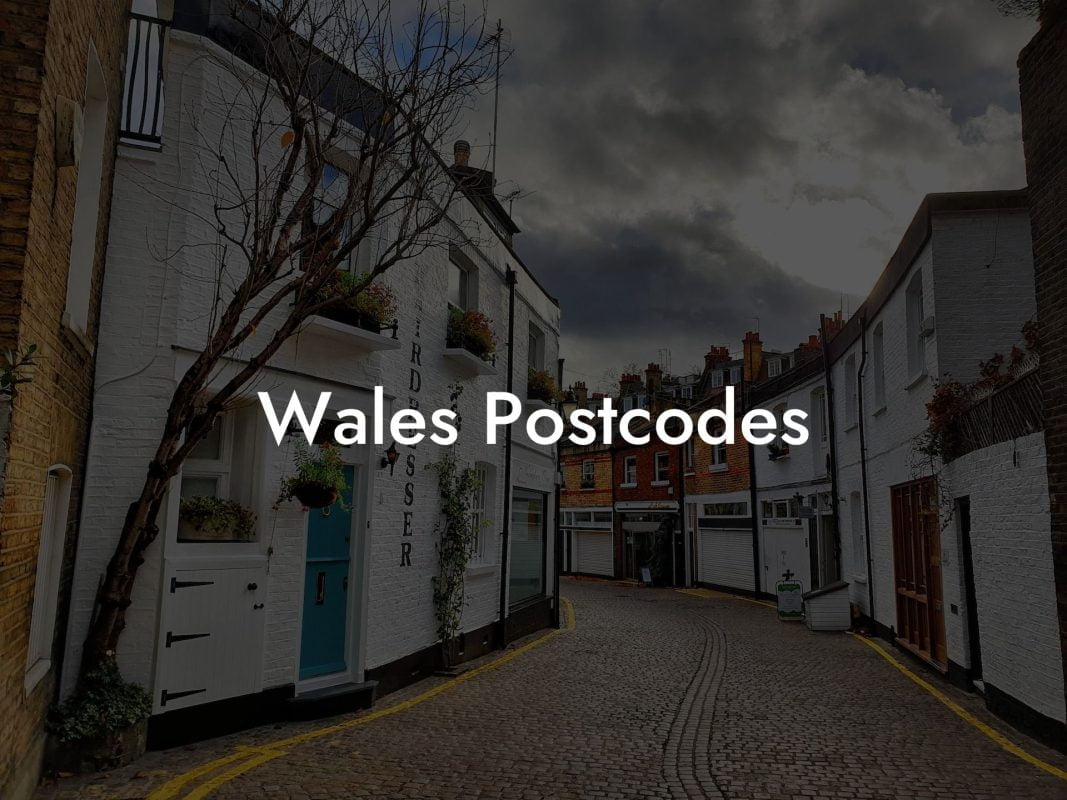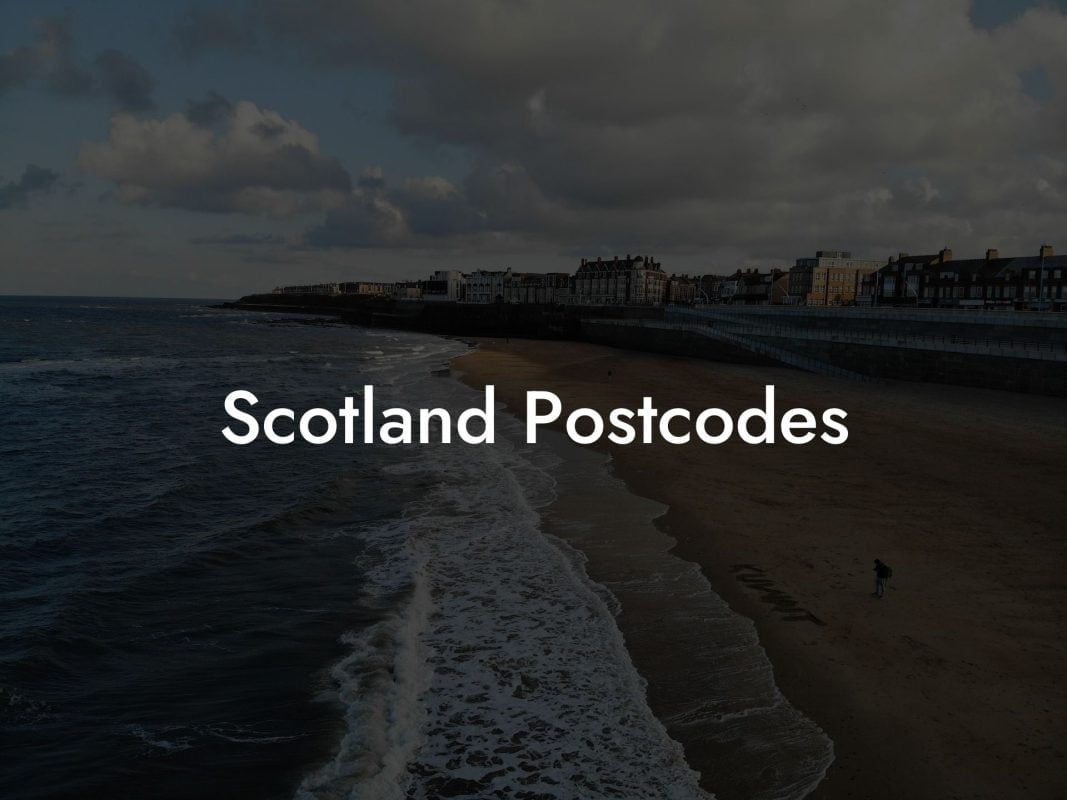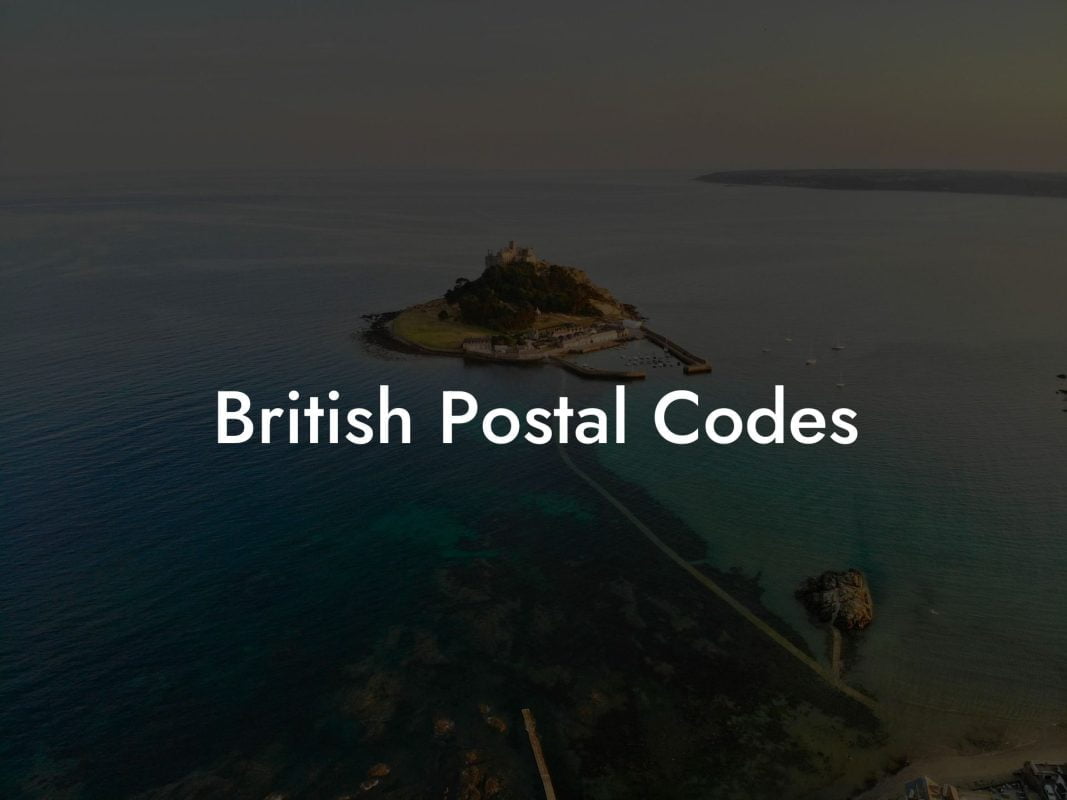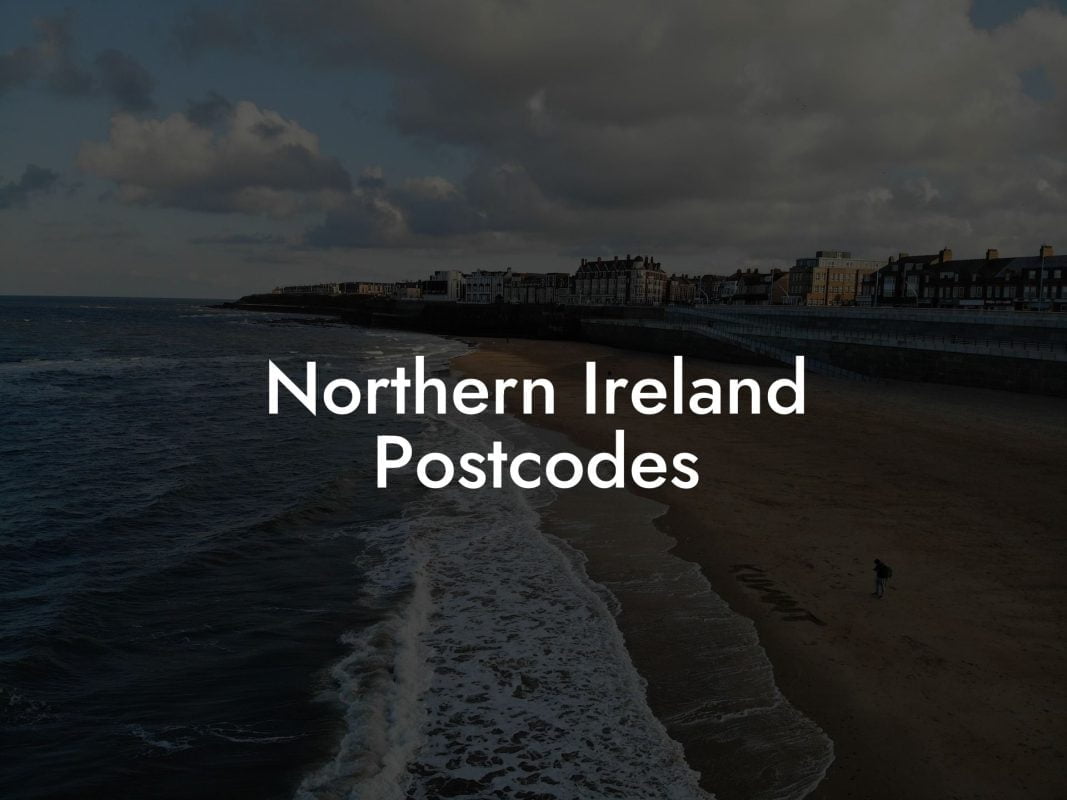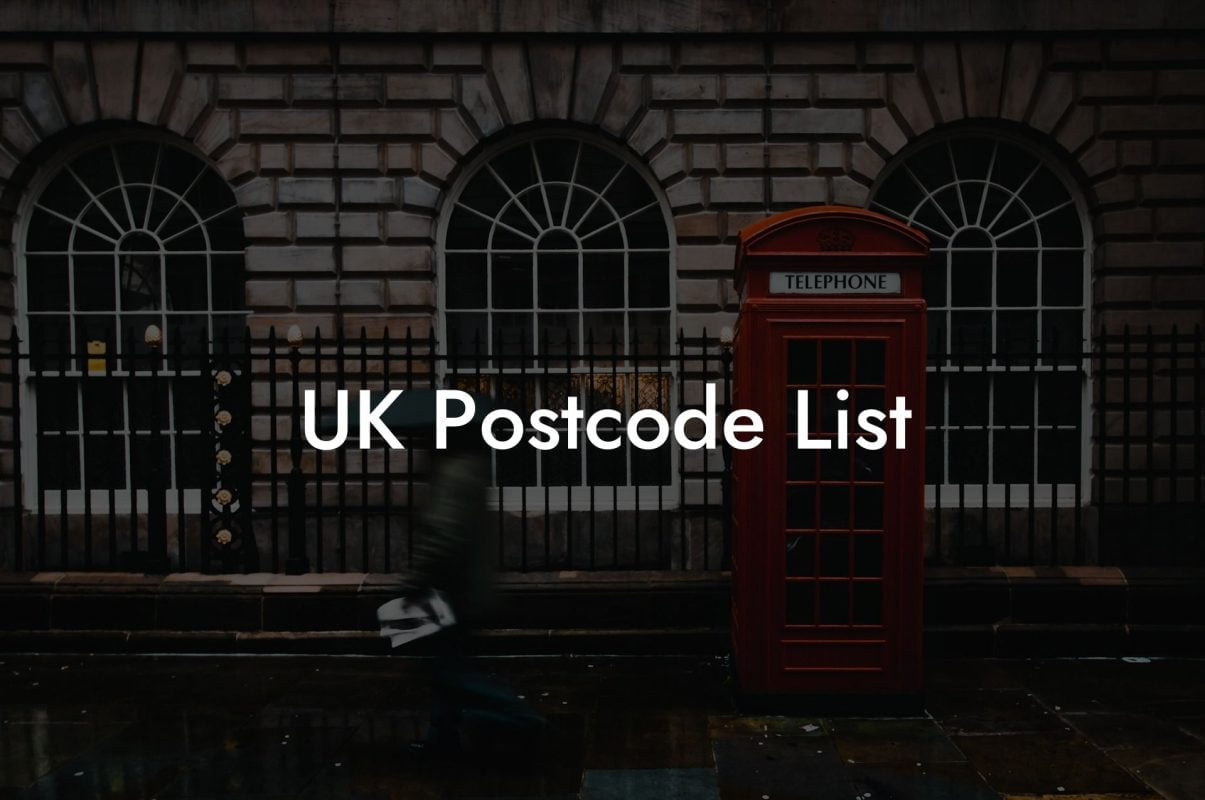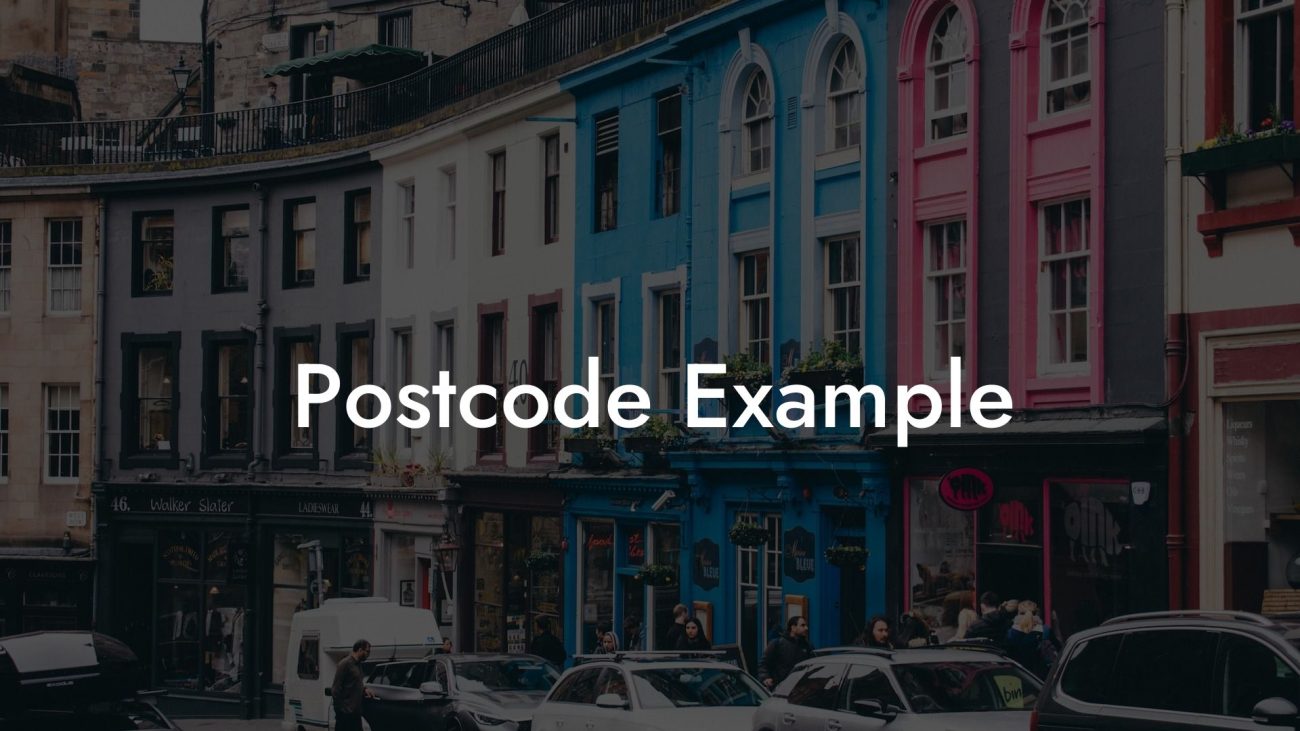In the complex web of British streets and addresses, the UK postcode serves as a vital navigational tool, guiding everything from mail delivery to service provision. This article delves into the format of UK postcodes, unraveling their structure and the critical role they play in the United Kingdom's infrastructure. With precision and clarity, we'll explore how postcodes are not just codes but lifelines that connect and serve millions.
Are you working on a Product, Service, App or Research Project that needs UK Postcode & location data? Get a free sample of our UK Postcode Database today. Find out more →
The Structure of a UK Postcode
Breaking Down the Code
A UK postcode is a combination of letters and numbers designed to provide a precise location, down to a few addresses or even a single address in some cases. It's typically comprised of two parts separated by a space: the outward code and the inward code. Here's how they work together to pinpoint locations:
- Outward Code: This part identifies the postal town or area and is further divided into the area code (one or two letters) and the district code (one or two digits). For example, in 'SW1A 1AA', 'SW1A' is the outward code.
- Inward Code: The second part, identifying the specific address within the area. It consists of a numeric sector code and an alphanumeric unit code. In our example, '1AA' is the inward code.
Understanding the Components
Each segment of the postcode provides a layer of address detail, from the area right down to the individual delivery point. This hierarchical format ensures that every part of the postcode contributes to locating an address as accurately as possible.
The Significance of Postcode Format
Beyond Mail Delivery
While the primary purpose of the postcode system was to streamline mail delivery, its utility has expanded exponentially. Today, postcodes are integral to logistics, emergency services, urban planning, and even marketing strategies. They're used in databases, navigation systems, and various applications, making them indispensable in modern society.
Data and Demographics
Postcodes also serve as keys to demographic and geographic data, used by businesses and researchers to analyze population distribution, market trends, and more. This makes understanding their format crucial for anyone looking to tap into this wealth of information.
The Evolution of UK Postcode Format
From Simple Beginnings to Complex Systems
The UK's postcode system has evolved from simple alphanumeric codes to a complex and efficient system. As cities grew and technology advanced, the format adapted to ensure it continued to meet the needs of an ever-changing nation.
Technological Integration
With the advent of digital technology, the postcode has found new life in various applications, becoming more than just a part of the mailing process. Its format allows for easy integration into digital systems, enhancing its utility and importance.
Challenges and Solutions in Postcode Formatting
Addressing Errors and Anomalies
Despite its efficiency, the postcode system isn't without challenges. Misinterpretations and errors can lead to misdeliveries and confusion. Understanding the format is crucial for users and systems alike to minimize these issues.
Regular Updates and Changes
The postcode system is dynamic, with regular updates to accommodate new developments and changes. Staying informed about these changes is vital for businesses and services that rely on accurate address data.
UK Postcode Database: Your Source for Accurate Data
In a world where precision and efficiency are paramount, the UK Postcode Database stands as your premier source for accurate, up-to-date postcode data. Our comprehensive database is designed to integrate seamlessly into your product, service, or app, providing you with the detailed location data you need.
Why Choose UK Postcode Database?
- Comprehensive Coverage: Access every UK postcode, continuously updated for accuracy.
- Easy Integration: Formats like CSV, SQL, and XLS ensure easy integration into your systems.
- One-Time Payment: Gain unlimited access with no monthly fees or licensing complications.
Perfect for Every Need
Whether you're enhancing a delivery service, conducting market research, or developing an app, our database is the perfect tool. It's not just a list of codes; it's a gateway to precision, efficiency, and opportunity.
Navigating with Precision
The UK postcode format is a testament to the country's commitment to organization and efficiency. It's a system that has grown and adapted, proving its worth beyond its initial purpose. As you navigate the intricate world of UK addresses, the UK Postcode Database is here to ensure you have the accurate and comprehensive data you need.
Embrace the power of precision with the UK Postcode Database - your partner in unlocking the full potential of UK postcodes for all your products, services, and research projects. Join us in navigating the landscape of the United Kingdom with confidence and clarity. Your journey into the world of detailed and accurate location data begins here.
Frequently Asked Questions
What Is the Standard UK Postcode Format?
The standard UK postcode format consists of two parts: the outward code and the inward code, usually separated by a space. It typically looks like 'A1 1AA' or 'A11 1AA,' where 'A' represents letters and '1' represents numbers.
How Are UK Postcodes Structured?
UK postcodes are structured with an outward code identifying the postal area and district, and an inward code specifying the sector and delivery unit within that district.
Why Are UK Postcodes Alphanumeric?
UK postcodes are alphanumeric to provide a high number of unique combinations, accommodating the dense and complex distribution of addresses throughout the country.
Can a UK Postcode Be Used to Identify a Location?
Yes, UK postcodes are often specific enough to identify a particular street, building, or even a single side of a street, especially in urban areas.
How Many Characters Are in a UK Postcode?
A UK postcode typically has between six and eight characters, including a space separating the outward and inward codes.
What Does the Outward Code in a UK Postcode Indicate?
The outward code indicates the postal area and district where the address is located, helping to direct the mail to the correct regional sorting office.
What Does the Inward Code in a UK Postcode Represent?
The inward code represents the sector and specific delivery unit within the district, ensuring the mail reaches the precise location.
Are UK Postcodes the Same as ZIP Codes?
UK postcodes serve a similar purpose to ZIP codes in the United States but have a different format and are often more specific.
How Specific Can a UK Postcode Get?
Some UK postcodes can be very specific, pinpointing individual buildings or small groups of addresses.
Can One UK Postcode Cover Multiple Addresses?
Yes, especially in less densely populated areas, one postcode can cover several addresses.
How Are New UK Postcodes Created?
New postcodes are created by Royal Mail as needed, usually due to new housing developments or significant changes in address organization.
Do UK Postcodes Ever Change?
While rare, postcodes can change, usually due to significant redevelopments, administrative changes, or to correct anomalies.
How Do UK Postcodes Support Emergency Services?
Emergency services use postcodes to quickly locate incidents, navigate efficiently, and provide timely assistance.
How Often Are UK Postcode Formats Updated?
The postcode format itself remains consistent, but the actual postcodes are regularly updated to reflect new developments and changes.
What Are Common Mistakes to Avoid with UK Postcodes?
Common mistakes include mixing up similar letters and numbers, omitting the space, and using outdated or incorrect postcodes.
How Do UK Postcodes Impact Online Shopping and Deliveries?
Correct postcodes are crucial for ensuring that online orders are delivered promptly and accurately to the right location.
Can Individuals Request a Change to Their UK Postcode?
Individuals typically cannot request changes to their postcode, as these are managed by Royal Mail for consistency and operational efficiency.
What Are the Legal Implications of Incorrect UK Postcode Usage?
Incorrect postcode usage can lead to misdelivered mail and packages, potentially affecting legal, financial, or personal matters.
How Are UK Postcodes Used Beyond Mail Delivery?
Beyond mail delivery, postcodes are used for demographic analysis, planning services, marketing strategies, and various online services that require location data.
What's the Future of UK Postcodes?
The future of UK postcodes may involve greater integration with digital mapping and GPS technology for enhanced precision and utility.
How Can I Find the Correct UK Postcode for an Address?
You can find the correct postcode using the Royal Mail's online postcode finder, various address lookup services, or through local postal services.
Are There Any Unique or Notable UK Postcodes?
Yes, some postcodes are notable due to their association with famous locations, unique formatting, or historical significance.
How Can Residents and Businesses Ensure Their UK Postcode Is Accurate?
Regularly check and validate your postcode using official tools like the Royal Mail's postcode finder and promptly update your details with any service or authority as needed.



